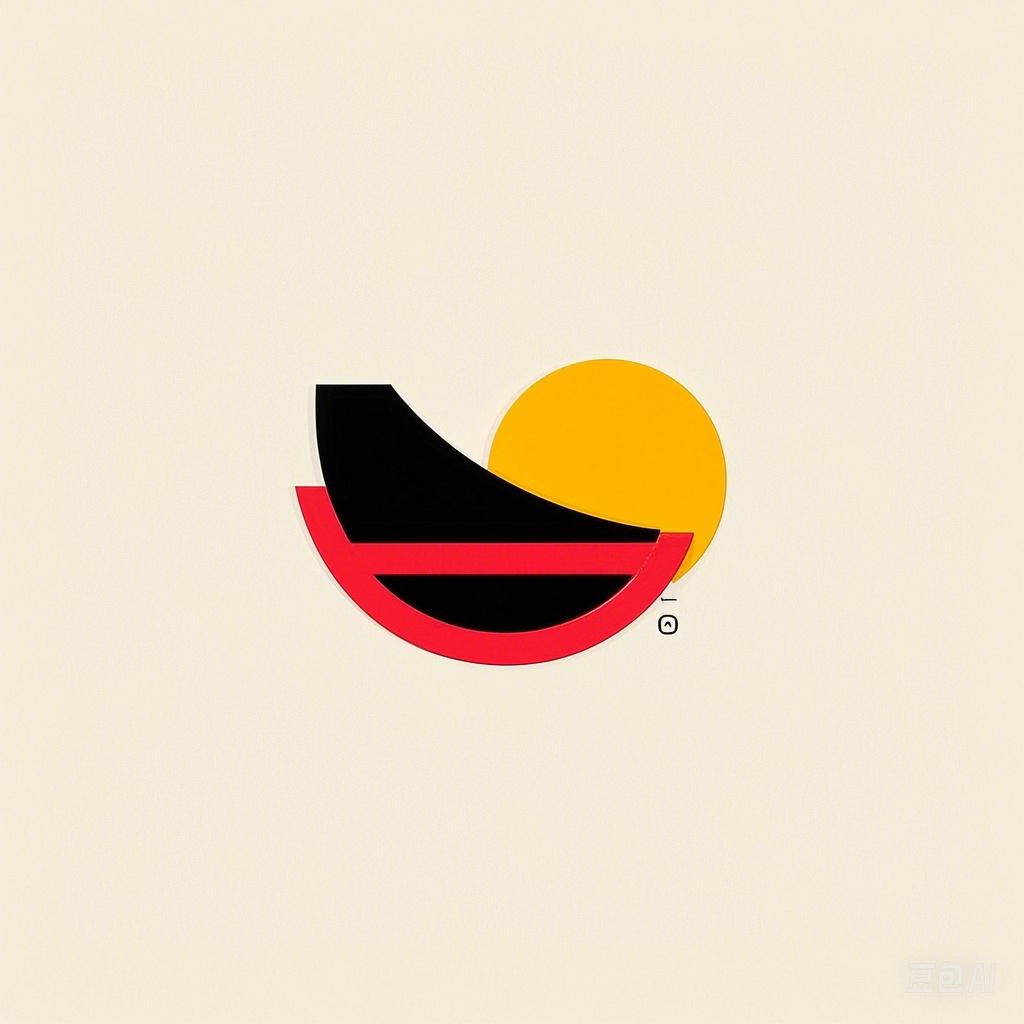Introduction
Embarking on an outdoor adventure can be an exhilarating experience, but it’s crucial to be well-prepared with the right gear. Whether you’re hiking, camping, or engaging in any other outdoor activity, the right equipment can make all the difference between a memorable experience and a challenging one. This article will provide you with essential tips to help you uncover the best outdoor gear for your next adventure.
Understanding Your Needs
Before diving into the specifics of gear, it’s important to understand your needs. Different activities require different types of gear. Here are some key considerations:
Activity Type
- Hiking: Focus on durable, comfortable footwear, lightweight backpacks, and proper clothing for varying weather conditions.
- Camping: Look for sturdy tents, sleeping bags suitable for the climate, and cooking gear if you plan to cook outdoors.
- Fishing: Invest in a good rod and reel, appropriate fishing gear, and a durable fishing vest or bag.
Climate and Environment
- Temperature: Choose gear that can handle the expected temperatures. For cold environments, insulation is key. In warm conditions, breathable fabrics are more important.
- Weather: If you’re expecting rain or snow, make sure your gear is waterproof and insulated, respectively.
- Terrain: For rugged terrain, you’ll need gear that is durable and can withstand the elements.
Duration and Intensity
- Duration: Longer trips require more gear, including food supplies, water purification systems, and more.
- Intensity: More intense activities may require specialized gear, such as climbing gear for rock climbing or scuba gear for diving.
Essential Gear Categories
Footwear
- Hiking Boots: Look for a good fit, waterproofing, and adequate ankle support.
- Camping Shoes: Durable, comfortable shoes for around camp or for short walks.
Clothing
- Base Layers: Made of moisture-wicking materials to keep you dry and comfortable.
- Insulation Layers: Fleece or down for warmth, depending on the climate.
- Outer Layers: Waterproof and breathable jackets and pants for protection from the elements.
- Socks: High-quality, moisture-wicking socks to prevent blisters.
Shelter
- Tents: Choose based on the number of people, weather conditions, and the terrain.
- Sleeping Bags: Select one that’s suitable for the coldest temperature you expect to encounter.
- Sleeping Pads: To provide insulation from the ground.
Cooking and Eating
- Cooking Stove: Lightweight and efficient for your type of cooking.
- Cooking Pots and Utensils: Durable and easy to clean.
- Food Storage: Proper containers and food storage solutions to keep your food safe and fresh.
Navigation and Communication
- Map and Compass: Essential for navigation, especially in areas without cell service.
- GPS Device: For more precise navigation, especially in remote areas.
- Emergency Communication Devices: Such as a satellite phone or personal locator beacon (PLB).
Safety and First Aid
- First Aid Kit: Stocked with essential medical supplies.
- Whistle: For signaling in emergencies.
- Emergency Shelter: Such as a bivy sack or survival blanket.
Research and Reviews
Once you have a good understanding of your needs, it’s time to research and read reviews. Look for gear that has been tested and reviewed by reputable sources. Pay attention to the following:
- Durability: How long the gear is expected to last.
- Comfort: How comfortable the gear is to use.
- Ease of Use: How easy it is to set up and use the gear.
- Price: Balance the cost with the quality and functionality of the gear.
Conclusion
Uncovering the best outdoor gear for your next adventure requires careful consideration of your needs, the environment, and the gear itself. By understanding what you need, researching thoroughly, and considering the quality and functionality of the gear, you’ll be well-prepared for any outdoor activity. Always remember that the right gear can make your adventure safer, more comfortable, and more enjoyable.
